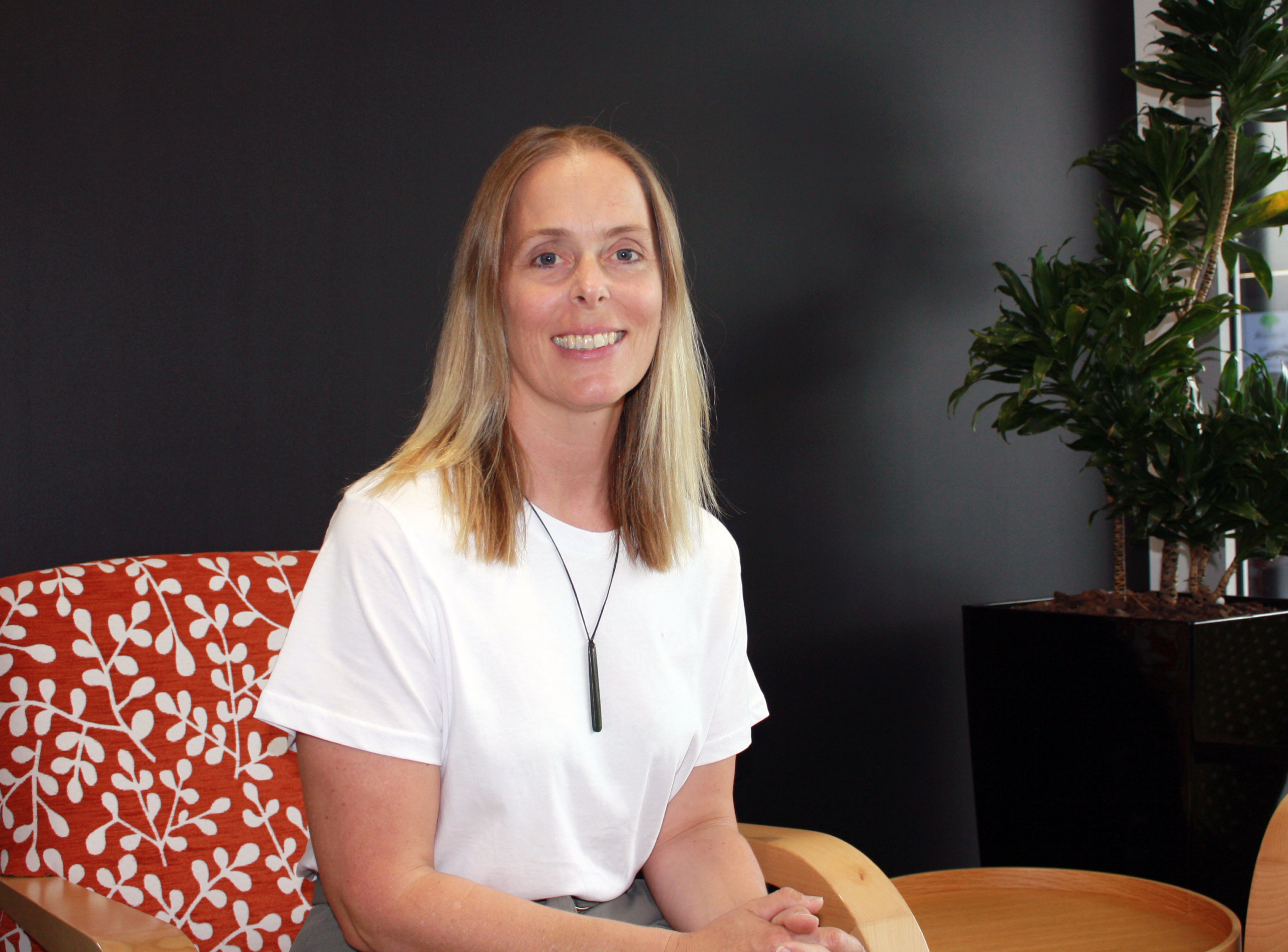No products in the cart.

International educator bringing alternative teaching method to Moose Jaw
As published in Moose Jaw Today here.
Dr. Sarah Aiono will speak about the teaching method of learning through play to educators and children-focused workers at the Events Centre on Monday, April 22 and Tuesday, April 23, while she will give a public talk on April 24.
Dr. Sarah Aiono was an elementary school teacher for more than 20 years when she began questioning the traditional teaching model and decided to focus on an approach called learning through play.
Aiono was working with children who had behavioural issues when she and her mother discussed what was happening in their respective classrooms. Her mom — a principal — was involved in the forest school movement and saw the benefits it offered students that traditional classrooms don’t.
“We … decided, well, we might run a workshop (about learning through play) and see if anyone was interested in coming along,” Aiono said. “We didn’t look back from there; it was very popular and grew from there.”
In 2016, the duo formed Longworth Education, a New Zealand-based provider of professional development for teachers and educationalists.
Longworth’s learning-through-play (LTP) approach attempts to meet children’s curricular, social and physical development needs in a more enhanced way than traditional pedagogy, while its practice is evidence-based, future-focused and innovative.
Since forming the company, Aiono, has become a sought-after presenter at international conferences on this topic. In partnership with Holy Trinity Catholic School Division, the Longworth CEO will be bringing her teaching method to Moose Jaw in April.
Aiono will speak with educators and children-focused workers at the Events Centre on Monday, April 22 and Tuesday, April 23. She will introduce people to play pedagogy — the art or science of teaching — and focus on teaching the curriculum through play and teachers’ roles in a play-based classroom.
Meanwhile, she will give a public presentation on Wednesday, April 24, about the neuroscience of play and why it’s required to support brain development. The place and time have yet to be set.
“I’m excited to be coming to Moose Jaw … ,” Aiono said, especially since Holy Trinity’s early learning team — led by consultant Laura Adrian — has been working on this initiative for several years and she wants to help it grow.
LTP has become popular because parents and educators are realizing childhood is short and can be a “magical time” for kids, said Aiono. Furthermore, educators understand that information sticks in children’s heads better if the learning is meaningful, engaging and fun.
Conversely, drilling knowledge into kids and having them repeatedly write down information — known as the “drill and kill method” — sucks the joy out of learning, she continued.
“We want kids to come out of school at the other end not burnt out … but to keep going and seeing themselves as (lifelong) learners,” said Aiono.
Drill and kill is good for learning basic facts, while free play is great for kids since they need more of it, although it doesn’t give them enough direction for learning, she continued. Therefore, LTP sits between both.
“The role of the adult is really critical, but equally, that adult has to know what tool is right for the job … ,” said Aiono. “So, we just want to make sure we’re getting a whole perspective on the child and not just what a test score says.”
While decades of research in behavioural and social sciences have shown that this teaching method works, neuroscience — and brain-scanning technology — is confirming that it’s how humans best learn, she said.
Learning through play is “the best gang for (our) buck for our brain” because it uses much more grey matter than sitting in a traditional classroom, Aiono pointed out. Furthermore, research also shows the development of mental executive functions is more important than academic scores.
These functions — such as impulse control, problem-solving, task organization and negotiation — are developed in the brain’s prefrontal cortex, which is stimulated during play or creative activities, she said.
LTP “freaks everyone out” because many parents and teachers think it’s a free-for-all that doesn’t follow the curriculum — which is untrue, Aiono continued. This teaching method is the hardest and most complex because educators are balancing letting children pursue what they want to learn with following the curriculum.
“It is the art of doing them both and doing them effectively,” she said.
LTP is about enabling children to take initiative in their learning and investigate what interests them, while teachers use observational data and create curriculum-connected opportunities for further learning into a topic, she explained.
Connected to LTP are play invitations, which see teachers find resources for a specific topic and offer them to students as an opportunity for further exploration, she continued. This approach allows educators to “hook” pupils with an interesting topic versus forcing everyone to complete the same worksheet.
“It’s just being a little craftier to keep the engagement of children and keep this excitement around learning going,” Aiono added.


